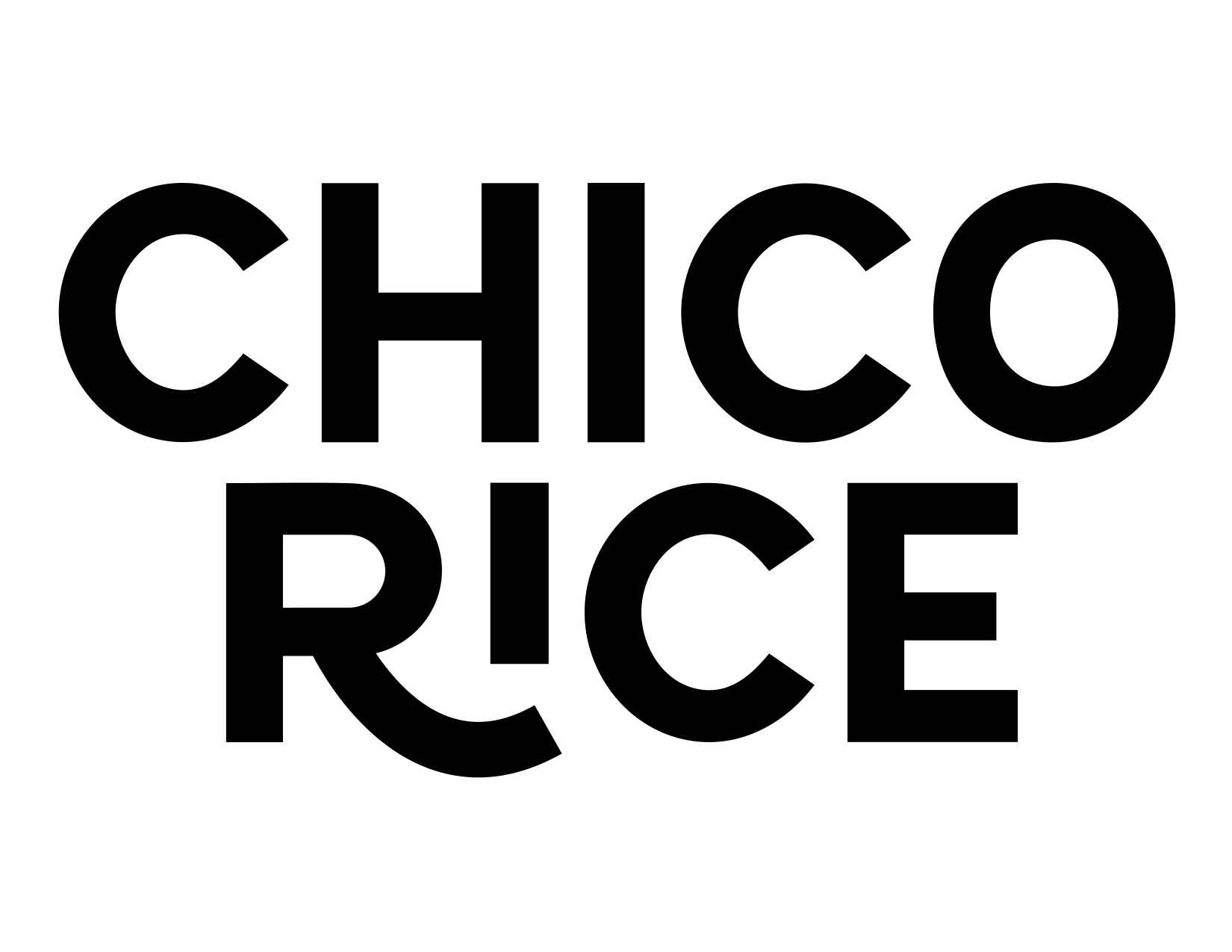FAQ
New Website Questions
I tried logging into my account but it says it doesn't exist?
Due to our recent website upgrade, customer accounts from the old site couldn't be transferred. To keep track of your orders, we ask that you kindly create a new account on our updated platform. We appreciate your understanding and apologize for any inconvenience.
If you have any questions or need assistance with previous orders made on the old website, please don't hesitate to reach out to us. We're here to help and ensure a smooth transition!
I had a subscription, when can I get that back?
Subscriptions are now available for our 2lb (32oz) Bags! For all the information on our subscriptions, please visit our subscription page.
Subscriptions for our Bulk Box is currently not available but we are working behind the scenes to make this option available. Stay tuned for an announcement for when you can start enjoying Bulk Box subscriptions as well!
Will I be notified about order updates?
Absolutely! You'll receive email notifications about the status of your order, from processing to shipping.
How do I get free shipping?
To enjoy free shipping and have your rice delivered straight to your doorstep without any extra cost, simply place an order of $30 or more.
For orders below $30, a flat shipping fee of $9 will be applied.
Product Questions
What is Japonica Rice?
Japonica [ja·PON·i·ka] is a medium grain rice originating from Japan that is extremely versatile and exhibits a sweet and complex flavor.
It is excellent for sushi and all Japanese and Korean dishes but is versatile enough for use in a risotto, stir fry, or any other rice dish, or even stand alone as a side! It tends to have a sticky, rather than flaky, texture.
What is Haiga-Mai Style?
The Goldilocks of Rice: A Happy and Healthy Medium
For those who prefer the taste and texture of white rice but avoid it in favor of more nutrient-rich brown rice, haiga-mai style rice is the best of both worlds!
Our Blonde Milled California Japonica is semi-polished in the haiga-mai style in which only some of the outer bran layer is removed, retaining the nutritious and oil-rich germ prized by health-conscious fans of brown rice.
The result is an easily digestible, quickly-cooking grain with the subtle, delicate flavor and smooth texture of white rice and much of the vitamins, minerals, and oils of unpolished brown rice.
Where did the Organic Label go?
We know that the “organic” label is looked upon highly in the food industry, but for us at Chico Rice there were several reasons that went into the decision to discontinue the organic certification. The biggest one being that we found the approved organic practices were using significantly more of California’s precious water resources to produce a lower quality rice.
Even though we no longer have the label of “Organic,” we’ll continue to use the best regenerative practices to enhance soil health and benefit the myriad species of wildlife that make our farm home, while also ensuring we are as water efficient as possible.
What do you mean by your rice fields being a Habitat for Wildlife?
If you were to step foot on our farm you would see an abundance of wildlife all around you.
According to California Rice, "California rice fields provide habitat and nourishment for approximately seven million ducks and geese migrating along the Pacific Flyway each year. Ricelands are increasingly crucial to hundreds of thousands of shorebirds that nest in the fields year round. For example, recent studies have shown that California ricelands currently provide more than half of the nutritional requirements of wintering waterfowl in the Sacramento Valley.
This is especially important today, given that 95 percent of California's historical wetlands in the Central Valley are now gone."
It's because of this that we've done all we can to keep our family farm as natural as possible allowing the local wildlife to exist naturally and peacefully.
What does it mean to be a Family Farm?
Being a Family Farm embodies a blend of tradition, community, and agricultural livelihood. Members of our family work side-by-side, forging a bond strengthened by sweat and soil. Farm life seamlessly intertwines our day-to-day life and agriculture life; our kids are active members of 4-H and FFA, where they learn about caring for the land for future generations of their own family. Our kids know, should they choose, that there is always a place for them to carry on the farming tradition!
How do I cook blonde rice?
For perfect results every time, we recommend the use of a rice cooker. Otherwise, excellent rice can be made on the stovetop with the following steps:
1. Rinse 1 cup of our fresh Blonde Milled California Japonica Rice until water runs clear
2. Add rice to 1.5 cups of gently boiling water in a medium saucepan with a TIGHT lid
3. Simmer on LOW for 20 minutes. DO NOT LIFT THE LID.
4. Remove from heat, keep covered, and let stand for 10 minutes.
5. Fluff it, butter it, season however you like and ENJOY, knowing you're eating the freshest, best tasting rice that good earth and hard work can provide.
For other ways to cook blonde rice, click here.
How do I cook brown rice?
For perfect results every time, we recommend the use of a rice cooker. Otherwise, excellent rice can be made on the stovetop with the following steps:
1. Rinse 1 cup of our fresh Brown Milled California Japonica Rice until water runs clear
2. Add rice to 2 cups of gently boiling water in a medium saucepan with a TIGHT lid
3. Simmer on LOW for 40 minutes. DO NOT LIFT THE LID.
4. Remove from heat, keep covered, and let stand for 10 minutes.
5. Fluff it, butter it, season however you like and ENJOY, knowing you're eating the freshest, best tasting rice that good earth and hard work can provide.
For other ways to cook brown rice, click here.
How do I cook with brown rice flour?
You can use brown rice flour for baking by substituting it for wheat flour, often at a 1:1 ratio. When cooking, it's a versatile thickening agent for soups and gravies, a coating for frying, and a base for homemade pasta. Experiment with different recipes, and remember to adjust liquid levels as needed for the desired consistency.
For more recipes with brown rice flour, click here.
What is the shelf life of your rice?
We recommend you store our rice in a cool dark place, like your pantry, for the longest shelf life. To fully enjoy the flavors of our freshly milled rice, we recommend consuming it within 2 months. However, left unopened our rice has a 12 month shelf life. For longer storage, you can refrigerate or freeze it in a freezer safe bag.
What is the shelf life of your brown rice flour?
Brown rice flour typically has a shelf life of approximately 6 months to 1 year when stored properly in a cool, dark place in an airtight container. Refrigerating or freezing it can extend its shelf life beyond this timeframe.
How do I store my rice to keep it fresh?
To keep rice fresh, store it in an airtight container in a cool, dry place, away from heat and sunlight. Use it within 6 months to a year and limit container openings. For long-term storage, freeze rice in a vacuum-sealed bag.
How do I store my brown rice flour to keep it fresh?
To maintain the freshness of brown rice flour, use an airtight container, store it in a cool, dark place, and optionally refrigerate or freeze it for extended shelf life.
Is brown rice flour gluten free?
Yes, brown rice flour is naturally gluten-free. It is made from brown rice, which does not contain gluten. This makes brown rice flour a suitable choice for individuals who need or prefer to avoid gluten in their diet, such as those with gluten sensitivities or celiac disease.
Is brown and blonde rice healthy?
Yes! Brown and blonde rice is a nutritious option due to its retention of vitamins and minerals that help maintain overall health and metabolic processes. It has a lower glycemic index, good dietary fiber, and is gluten-free. It's a healthier choice than white rice for those seeking improved blood sugar control, digestive health and energy.
What’s the difference between brown and blonde rice?
Many folks don't realize that both our brown and blonde rice come from the same field! In fact, they are the same rice. For our brown rice we remove the inedible outer layer, called the husk. Leaving the nutritious bran layer and the germ completely intact, which help to keep you fuller, longer. For our blonde rice we subjected it to an abrasive process which removes a portion of the bran layer, exposing the lighter colored inner layers. This allows the kernel to be more easily penetrated by moisture and heat, thus the shorter cooking time along with featuring the health benefits of brown rice with the taste and texture of white rice.
Is brown rice flour healthy?
Brown rice flour is a healthy choice as it retains nutrients like fiber, vitamins, and minerals due to its unrefined nature. It's naturally gluten-free, making it suitable for those with gluten sensitivities, and it offers complex carbohydrates for sustained energy. However, its texture and flavor may differ from white rice flour, requiring recipe adjustments. As part of a balanced diet, brown rice flour can contribute to digestive health and overall nutrition.
Can I substitute brown rice flour for wheat flour in recipes?
Yes, you can substitute brown rice flour for wheat flour in recipes, particularly for gluten-free baking. However, brown rice flour has a different texture and flavor, so blending it with other gluten-free flours and adding binding agents like xanthan gum may be necessary. Be prepared to adjust the liquid content in recipes and be open to some experimentation to achieve the desired results.
How do I know if rice has gone bad?
To check if rice has gone bad, use your senses. Smell for any sour, musty, or unusual odors. Examine the rice for discoloration, mold, or unusual spots. Taste it to ensure it doesn't have a stale or strange flavor. Check for pest infestations and note any changes in texture, like clumps or stickiness. If you detect any of these signs, it's safest to discard the rice. Proper storage in a cool, dry place can help extend rice shelf life and maintain its quality.
Is your rice high in arsenic or other heavy metals?
Thankfully, our soils and water in Northern California have extremely low levels of arsenic, especially compared to other rice producing regions. Our farm receives all its water from beautiful Lake Shasta and the pure Mt. Shasta snowpack, and there is no heavy animal agriculture upstream. California rice, regardless of variety, tends to have lower arsenic levels than that of rice grown in other regions, where heavy, arsenic-rich pesticide use and pollution have been widespread over the decades. California rice consistently ranks among the lowest in arsenic, lead, and cadmium levels. The Codex Alimentarius has set forth an inorganic arsenic standard of .35 ppm for brown rice. California rice has been measured at .13 ppm, about a third of that standard.


